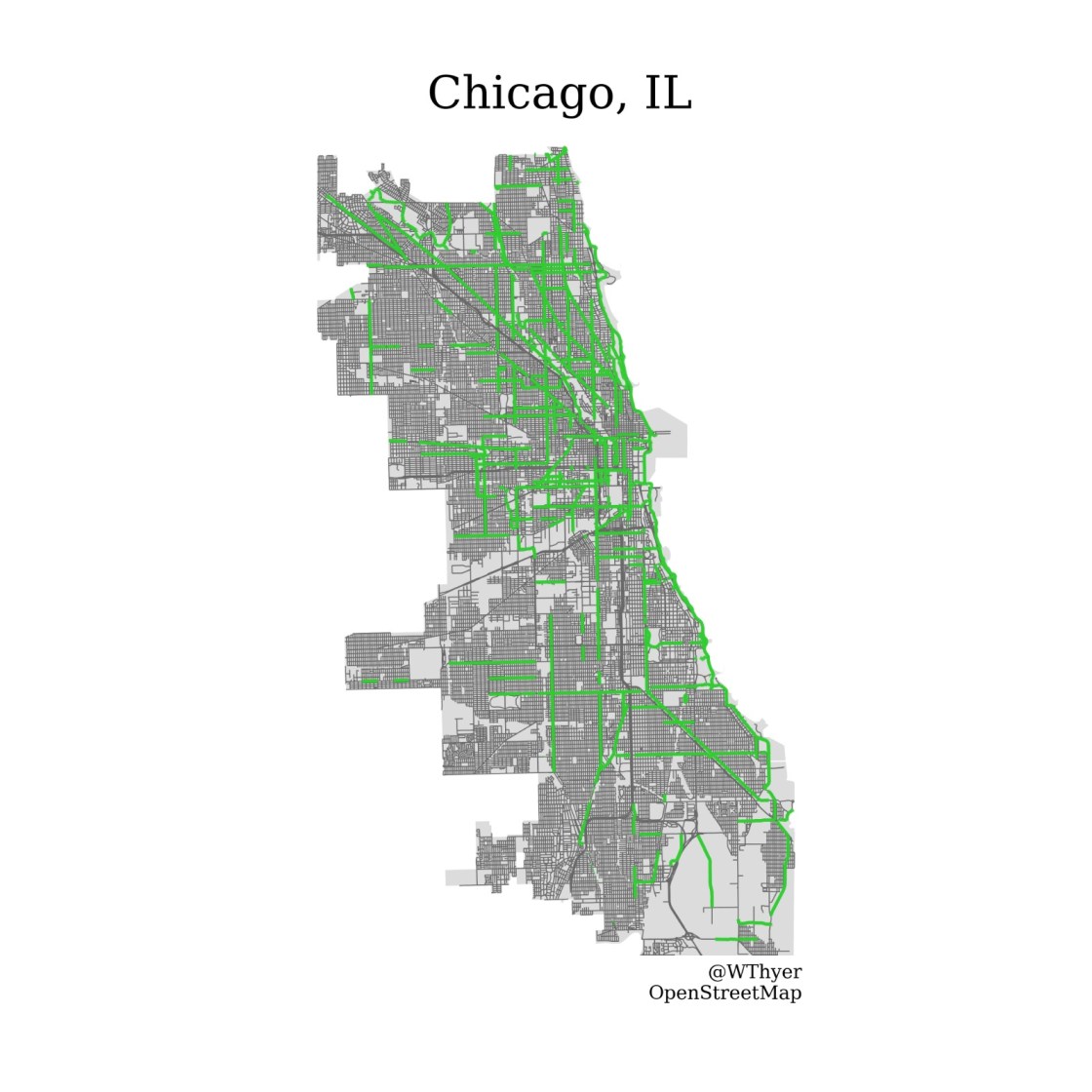I wrote this in collaboration with the other members of my HCA team, Ellie Vorhaben and Eliana Fram. Read the rest on CPR’s website.
A Harris Community Action team, in coordination with the Chicago non-profit Equiticity, found evidence that implementing an open streets program similar to Bogota’s ciclovía could effectively encourage social integration, build healthy habits, and boost local businesses.
Harris Community Action (HCA) is a student-run organization at the Harris School that connects policy students to community-based organizations, campaigns, and non-profits located on Chicago’s South and West Sides. HCA members work in teams to complete a 10-week project designed to address key strategic problems identified by each organization. This group collaborated with Equiticity, a racial equity movement focused on increasing mobility, racial justice, and racial equity in Chicago and the US more generally. Equiticity will use the team’s detailed case study to advocate for the creation of an open streets program, here used interchangeably with ciclovía, which would represent an important first step towards increasing mobility and racial justice in Chicago.
Chicago’s transportation system, which is heavily concentrated in wealthier and whiter areas on the north side of the city (see figures of bike lanes and public transit), reflects the social and economic inequality of the city by ignoring the needs of the poor and people of color. To reduce this disparity, Chicago should turn to a successful program implemented first in Bogota, Colombia in 1974: the ciclovía. Every weekend and holiday, the main avenues in the city are closed to motorized traffic to provide recreational space for biking, walking, jogging, roller-blading, exercise classes, and small vendors. The program was part of a larger plan to shift public space away from motorized traffic, reduce environmental pollution, increase free recreational opportunities, and improve the efficiency of the transportation system. Bogota’s ciclovía has been successful; in 2020, an average of 1,400,000 people participated per event, and, according to the World Health Organization, versions of the ciclovía have spread to at least 92 cities in 20 countries on 3 continents.

